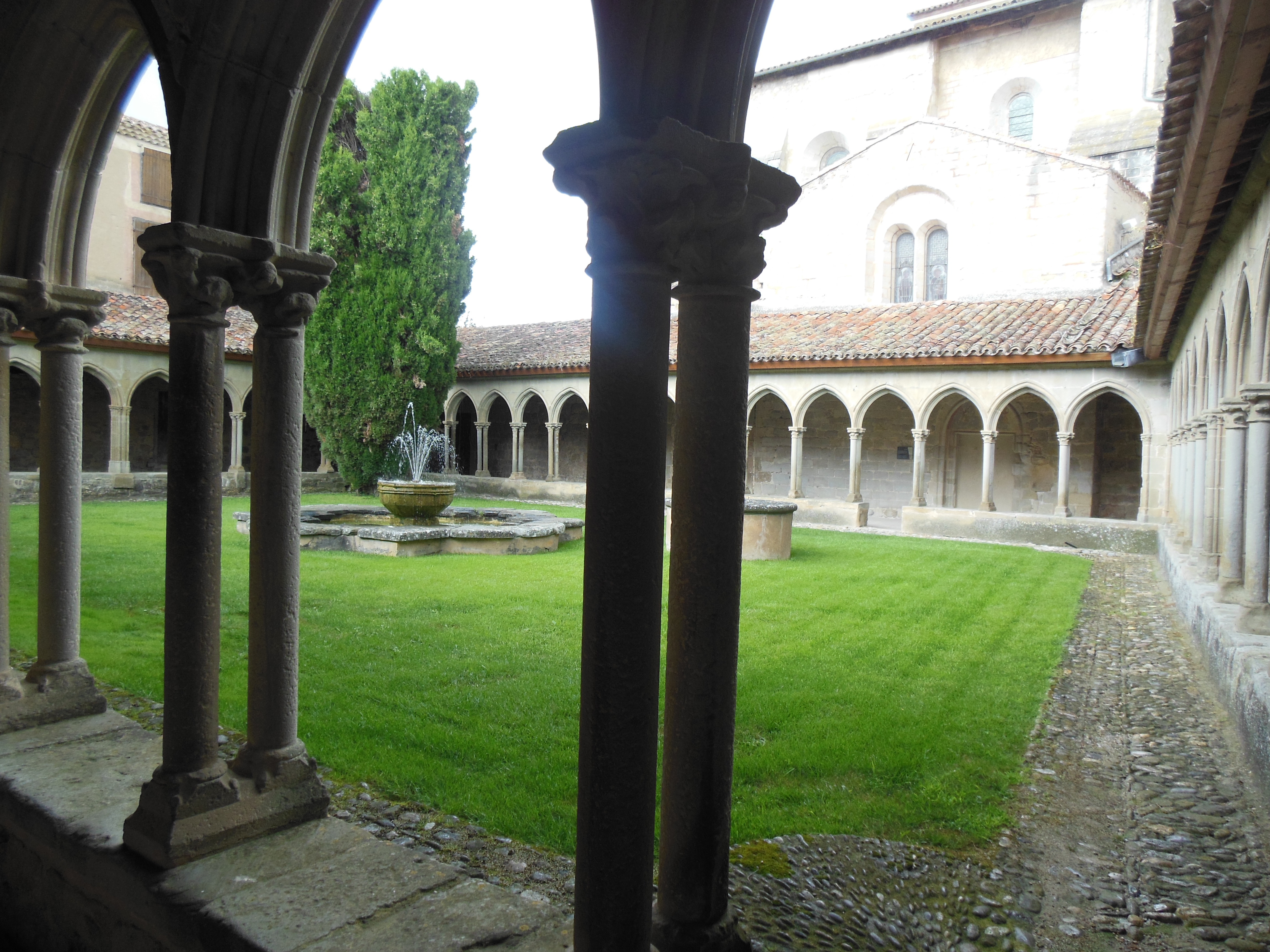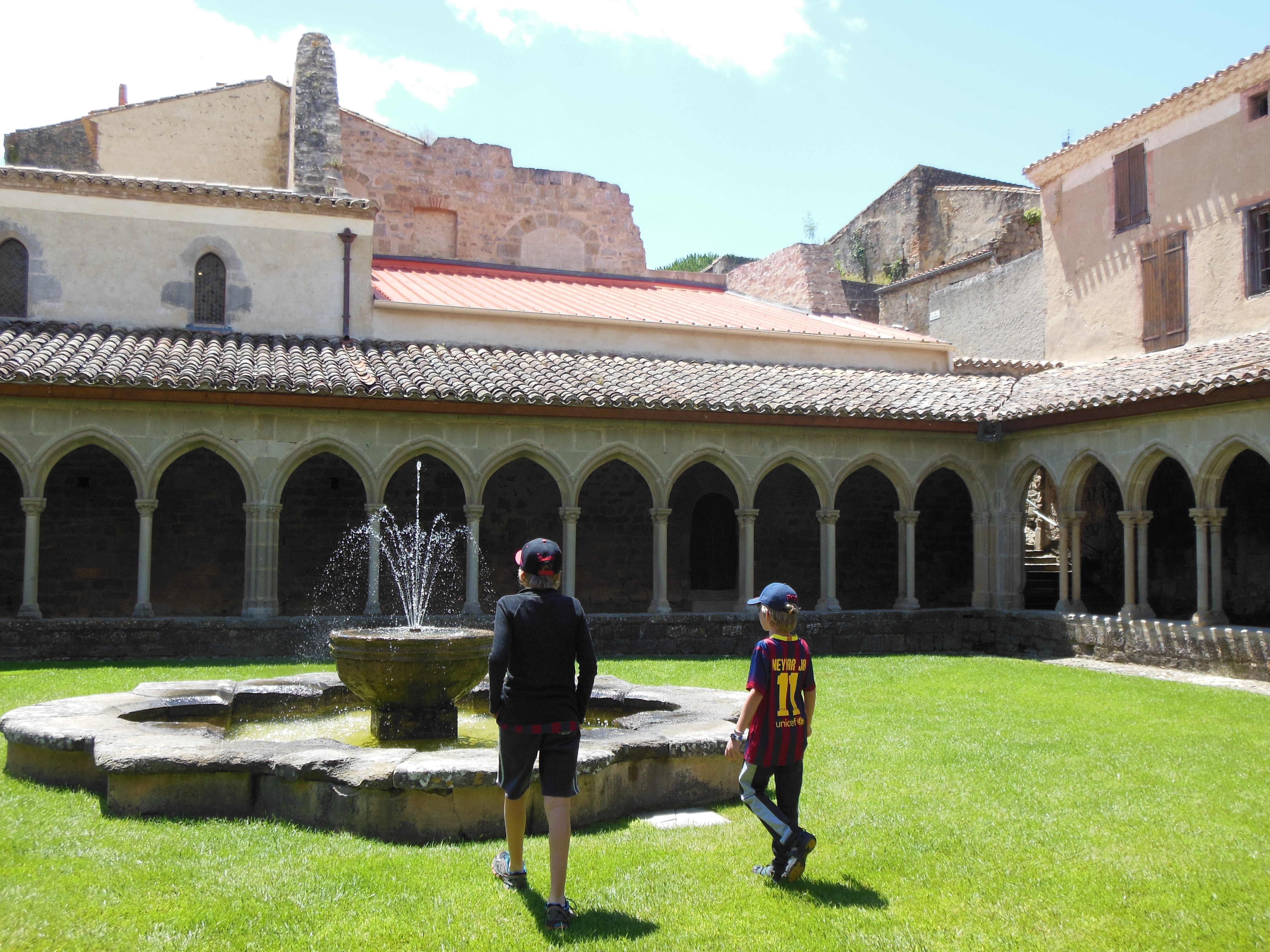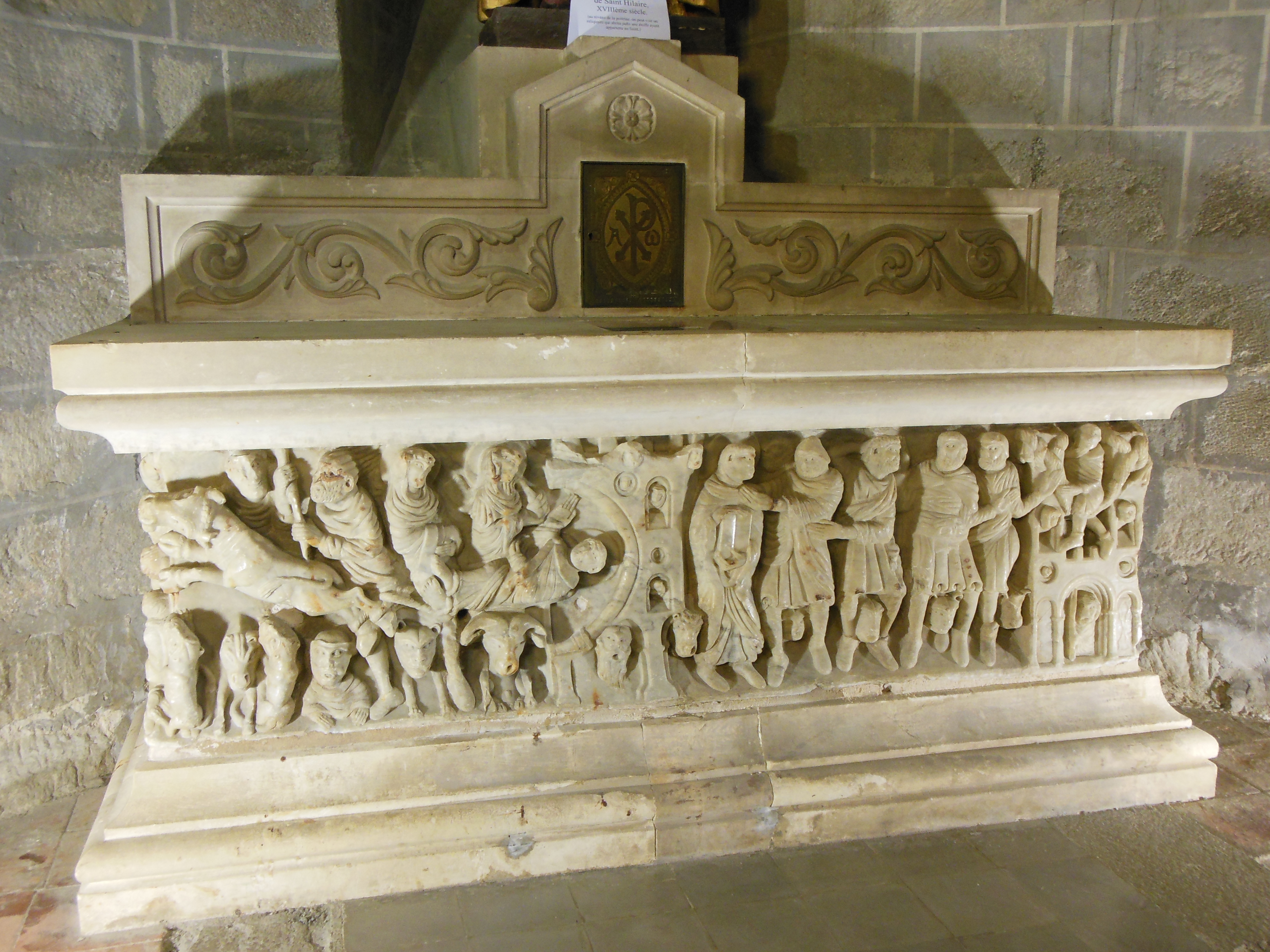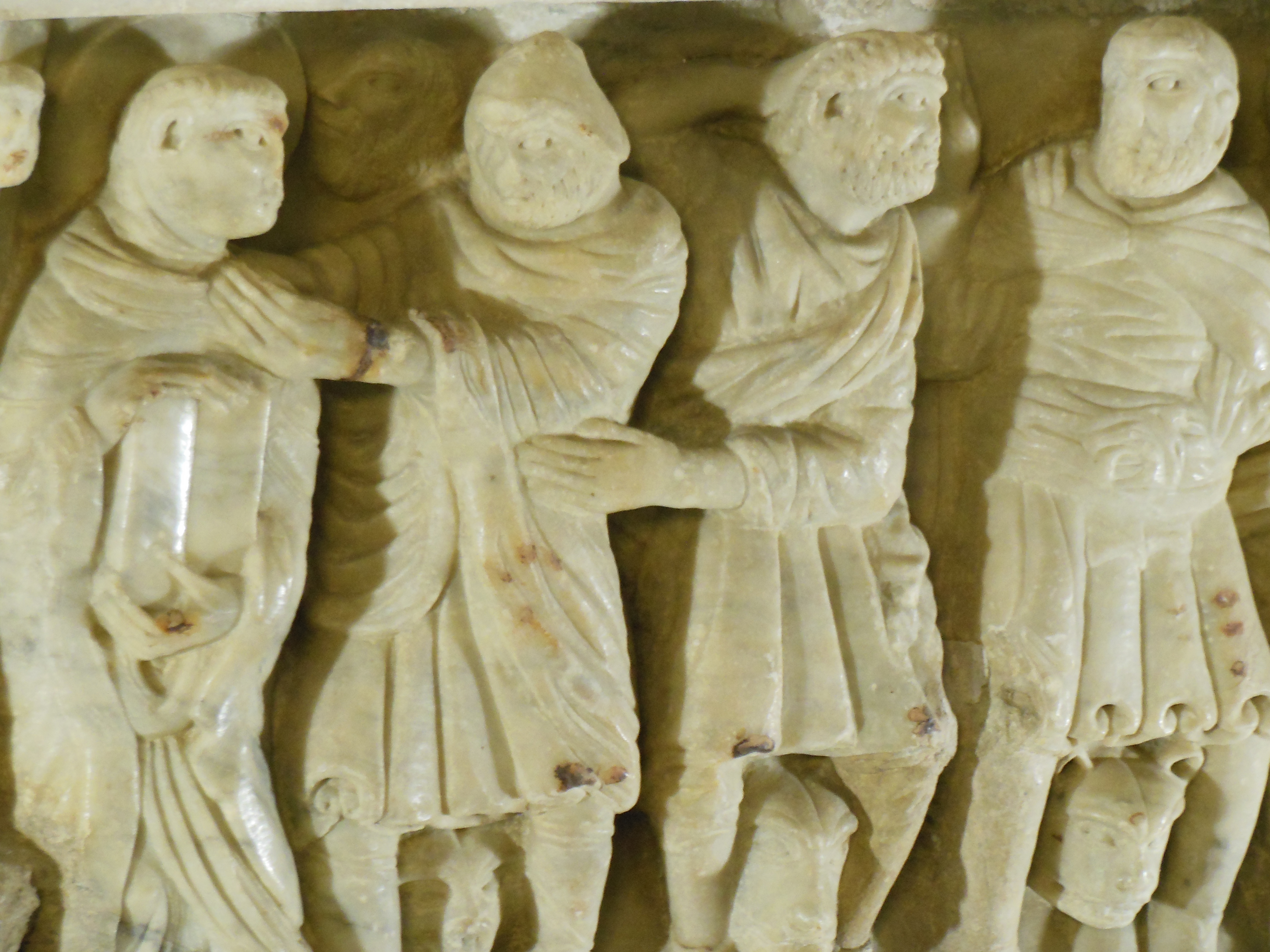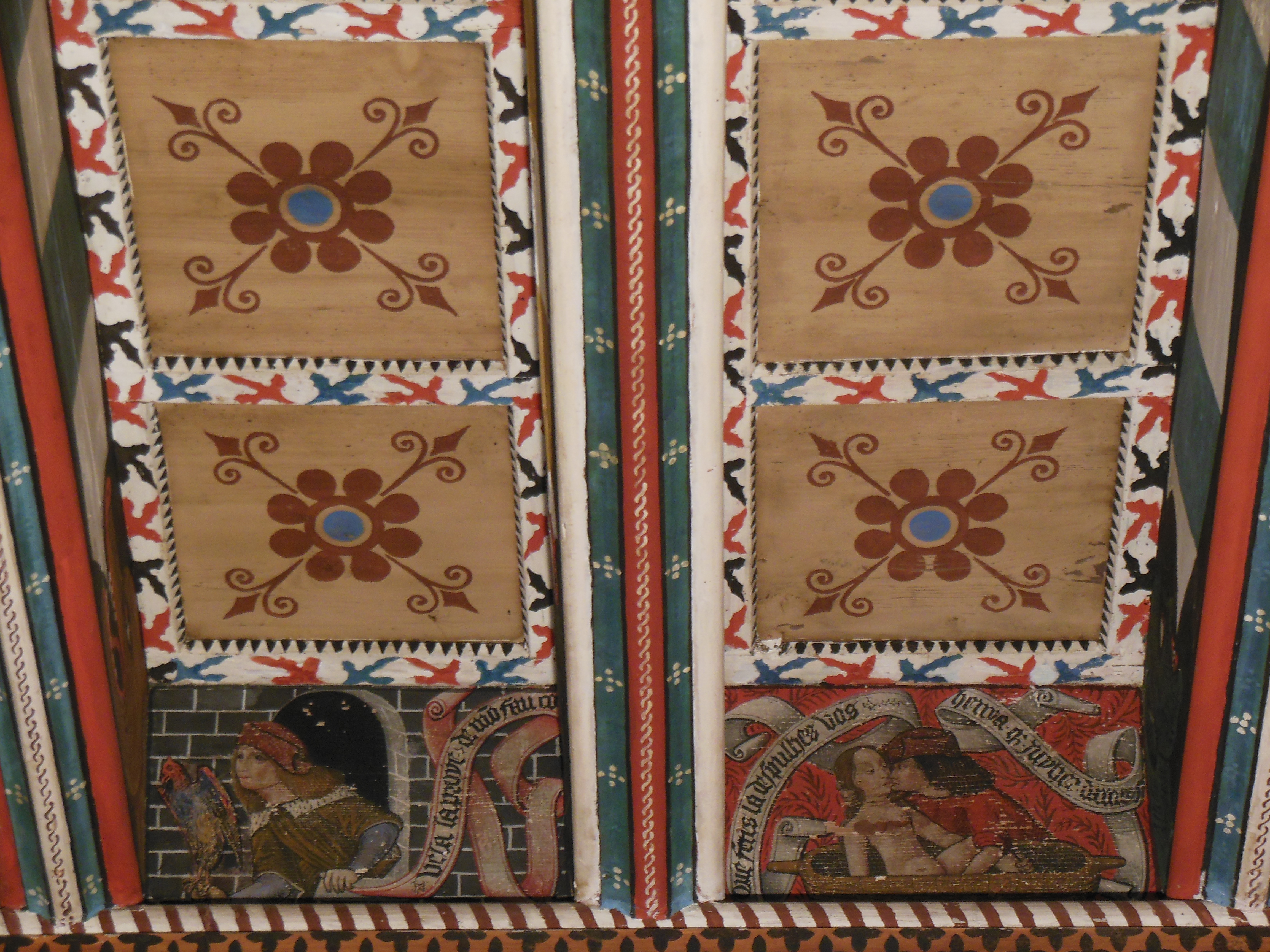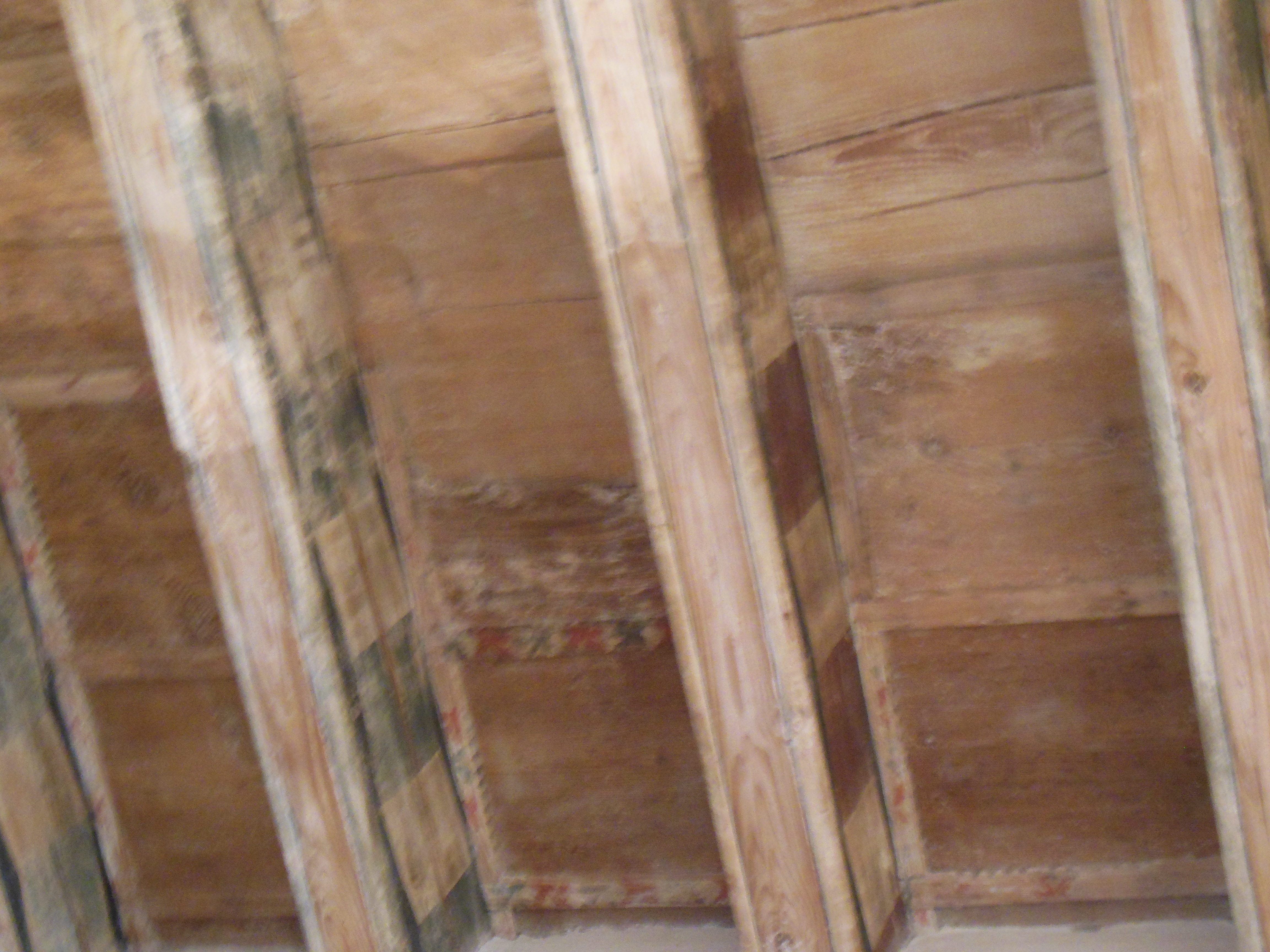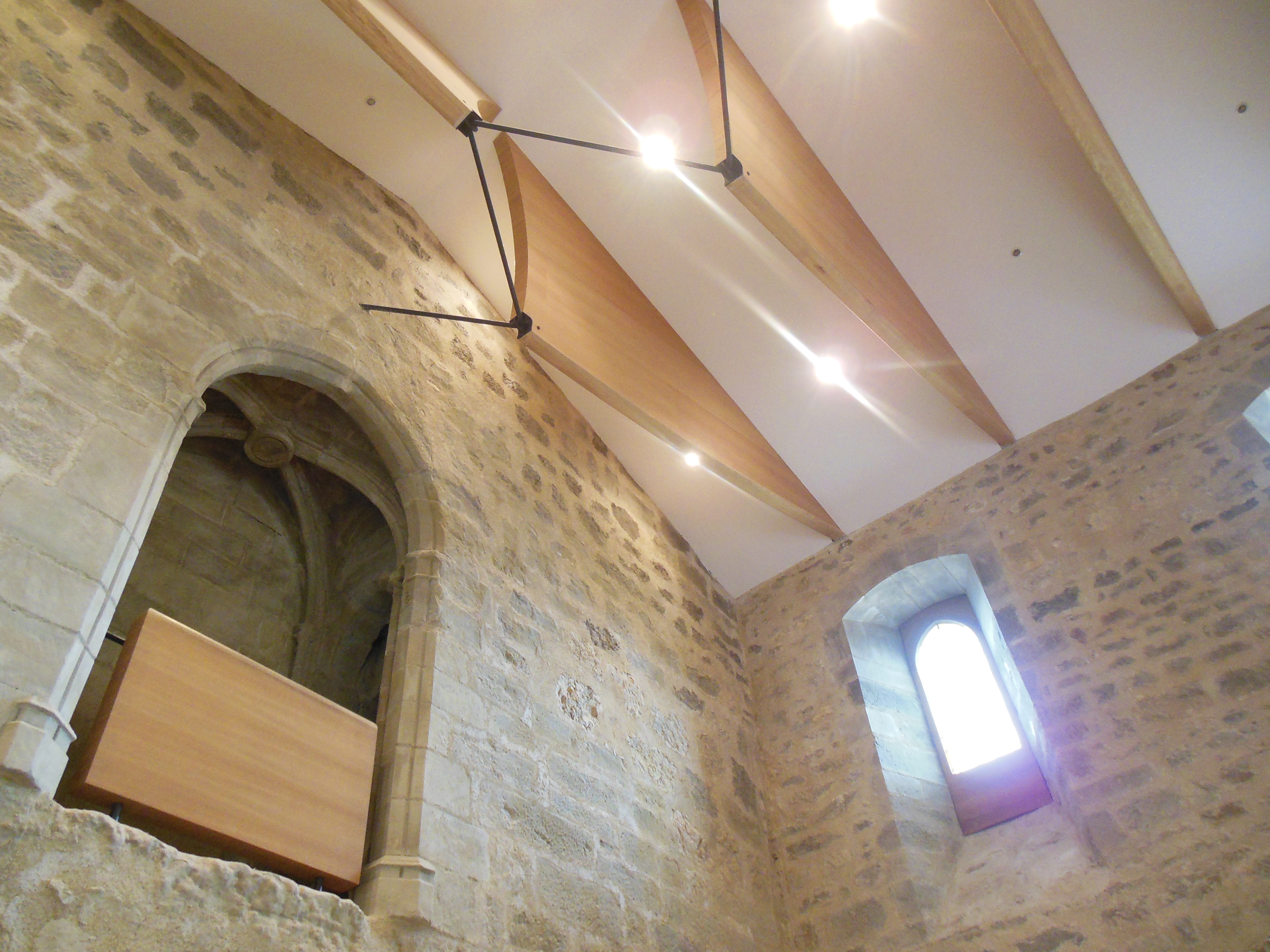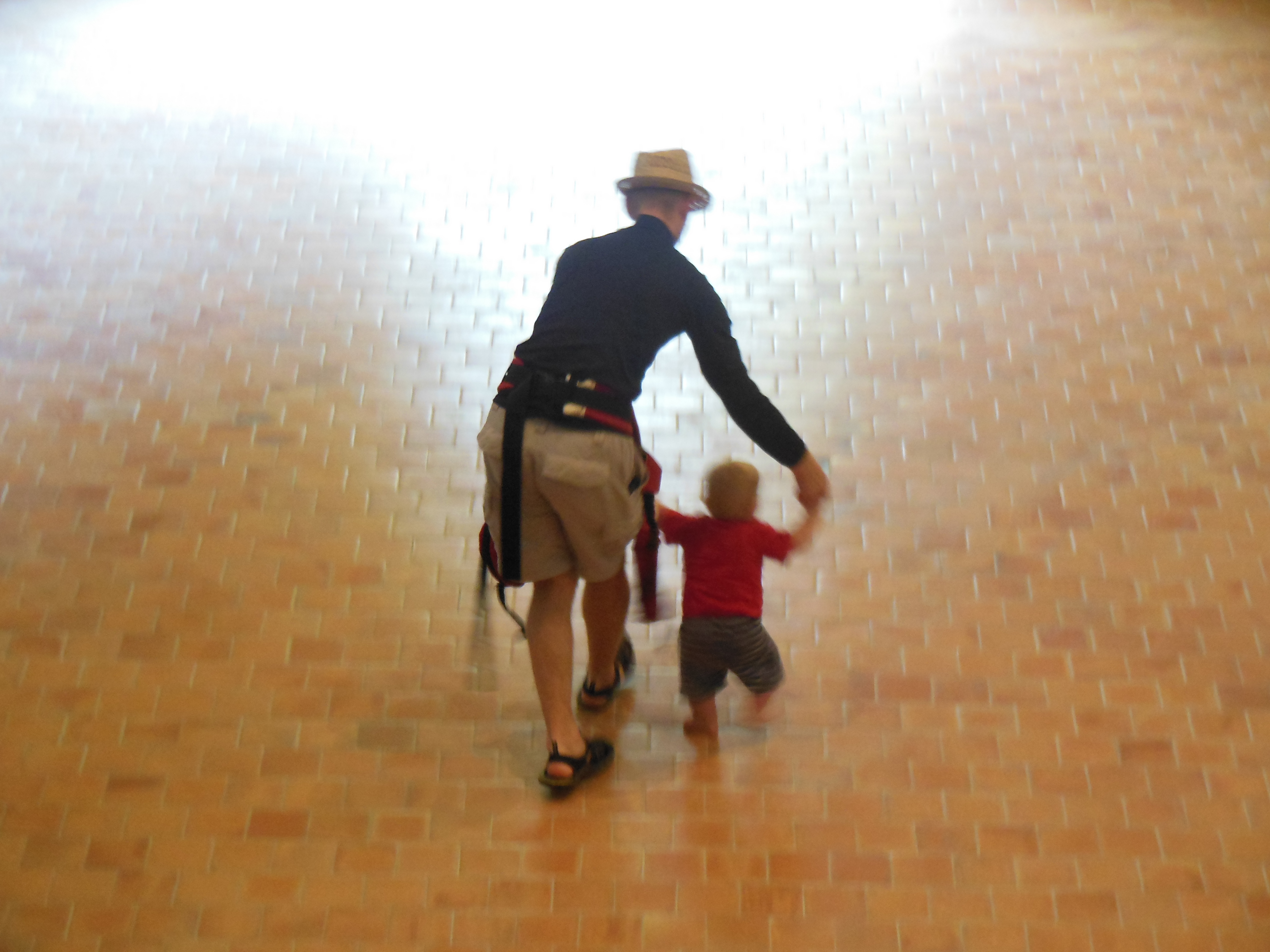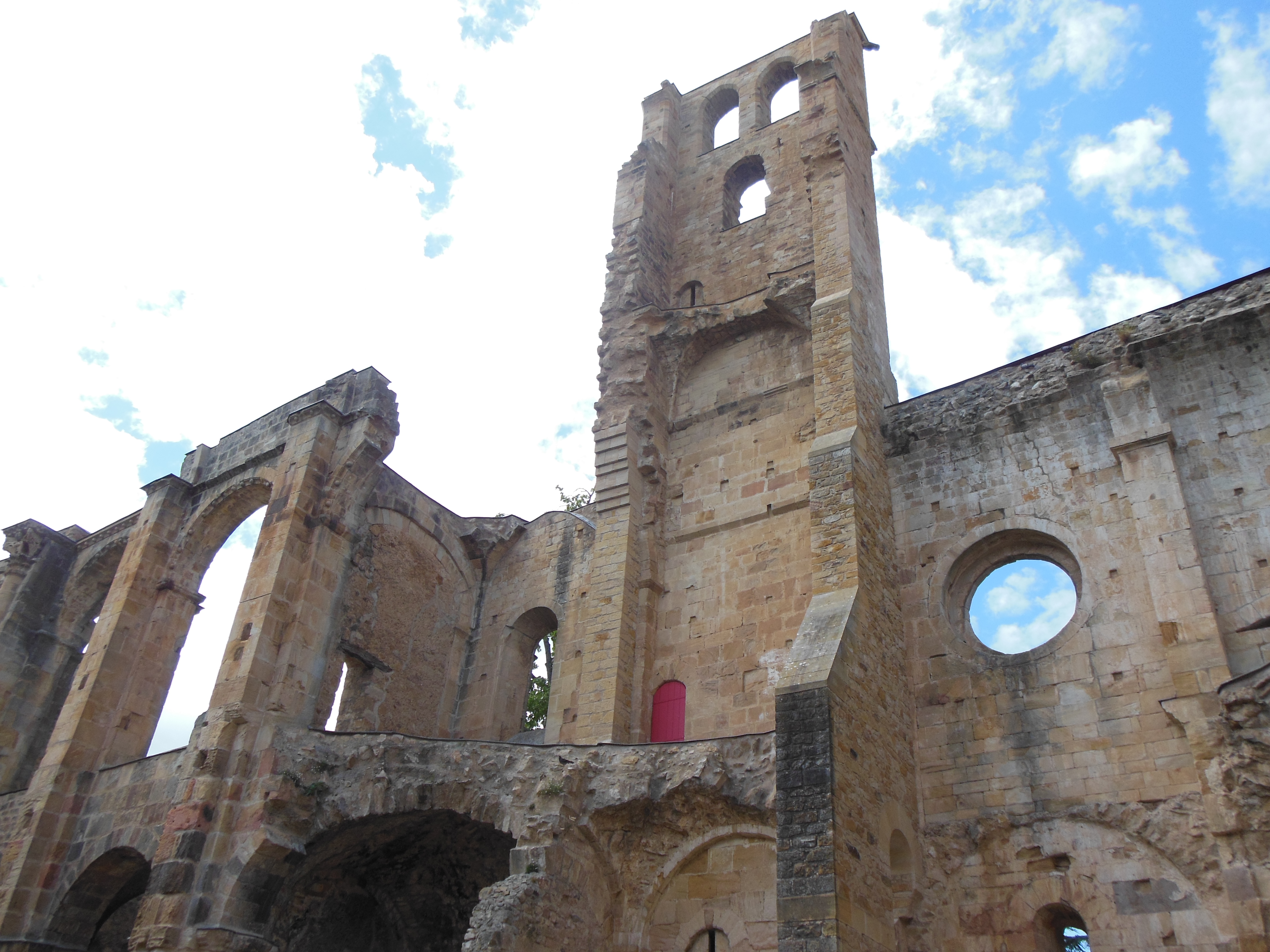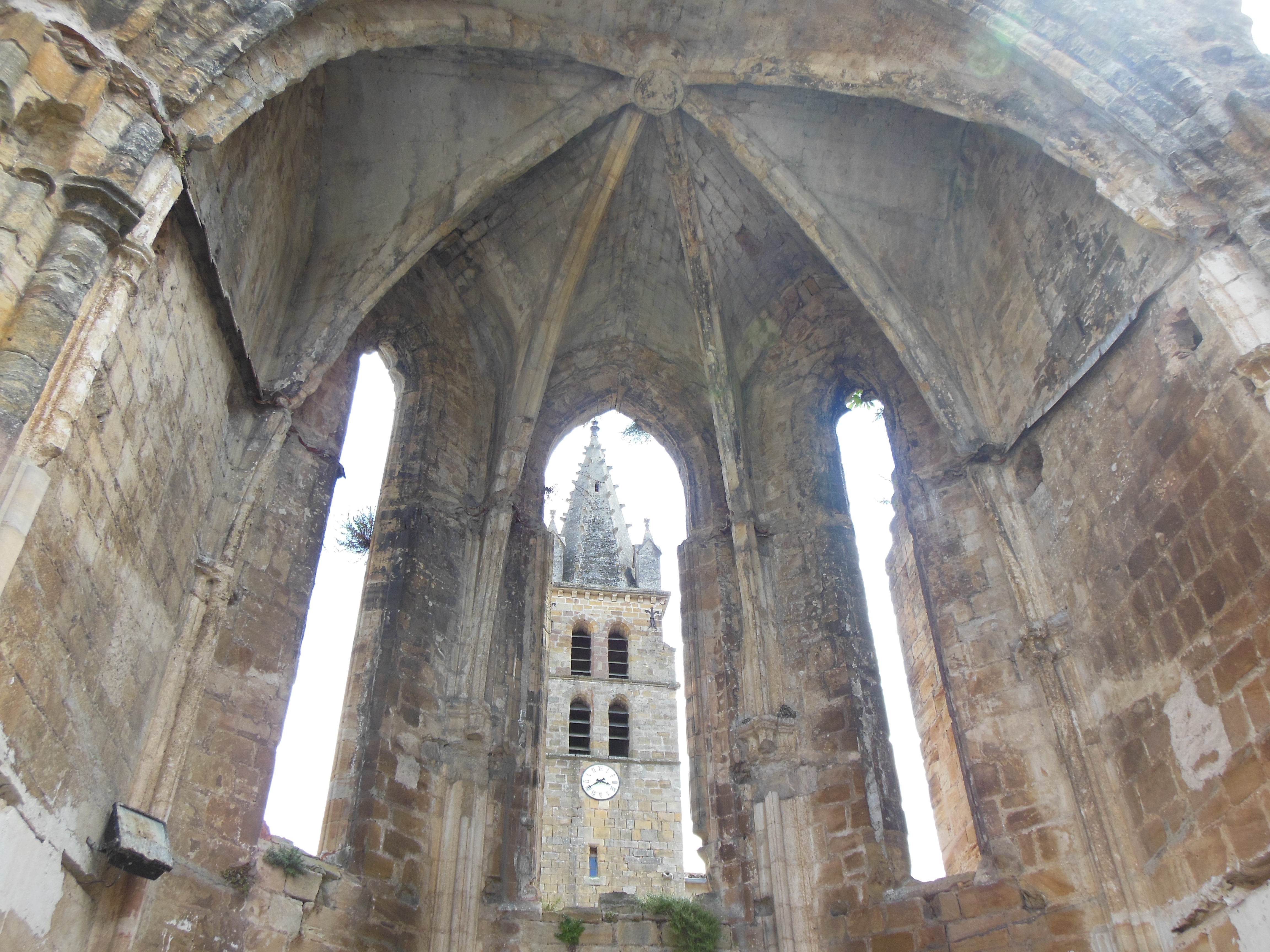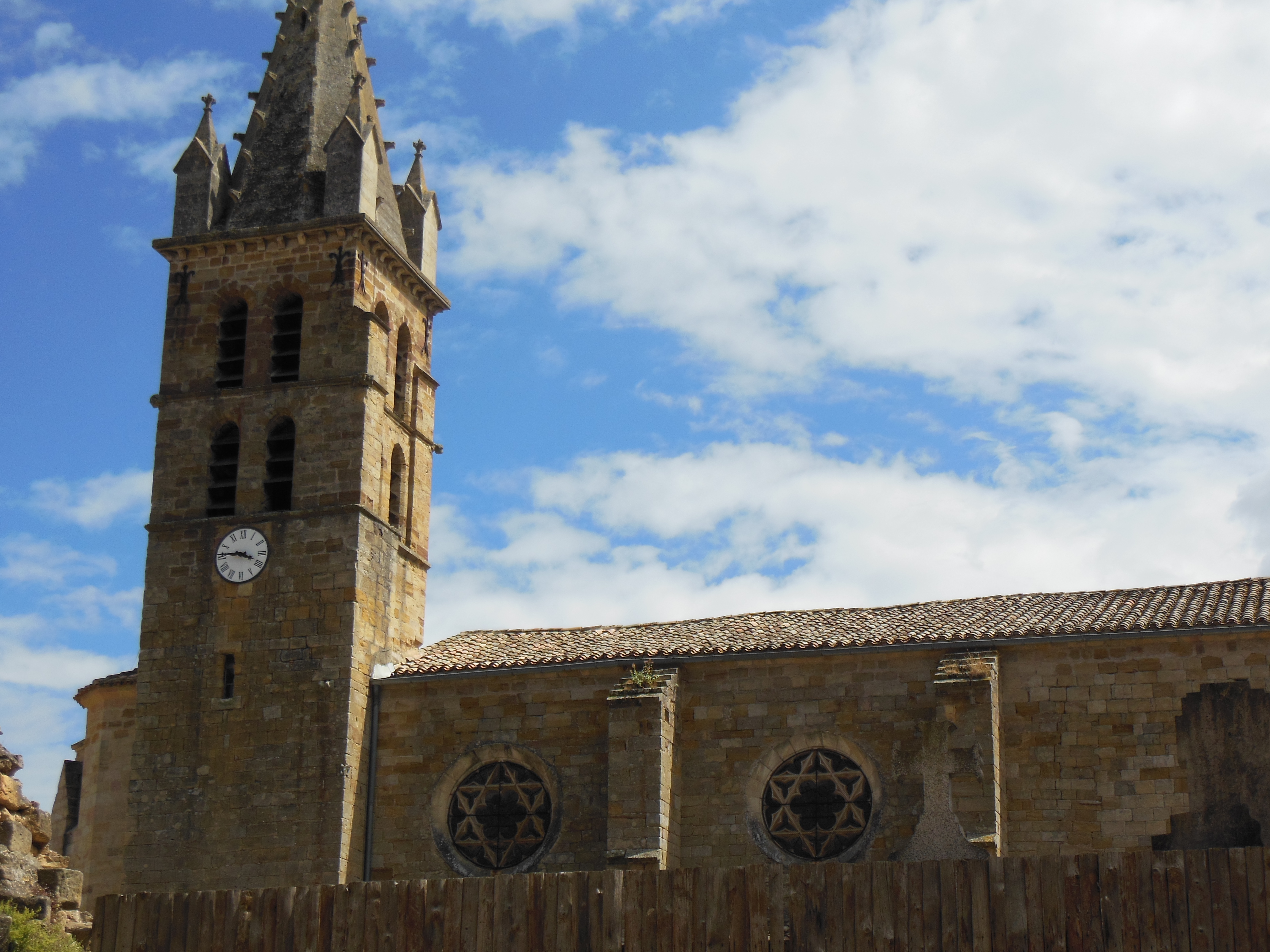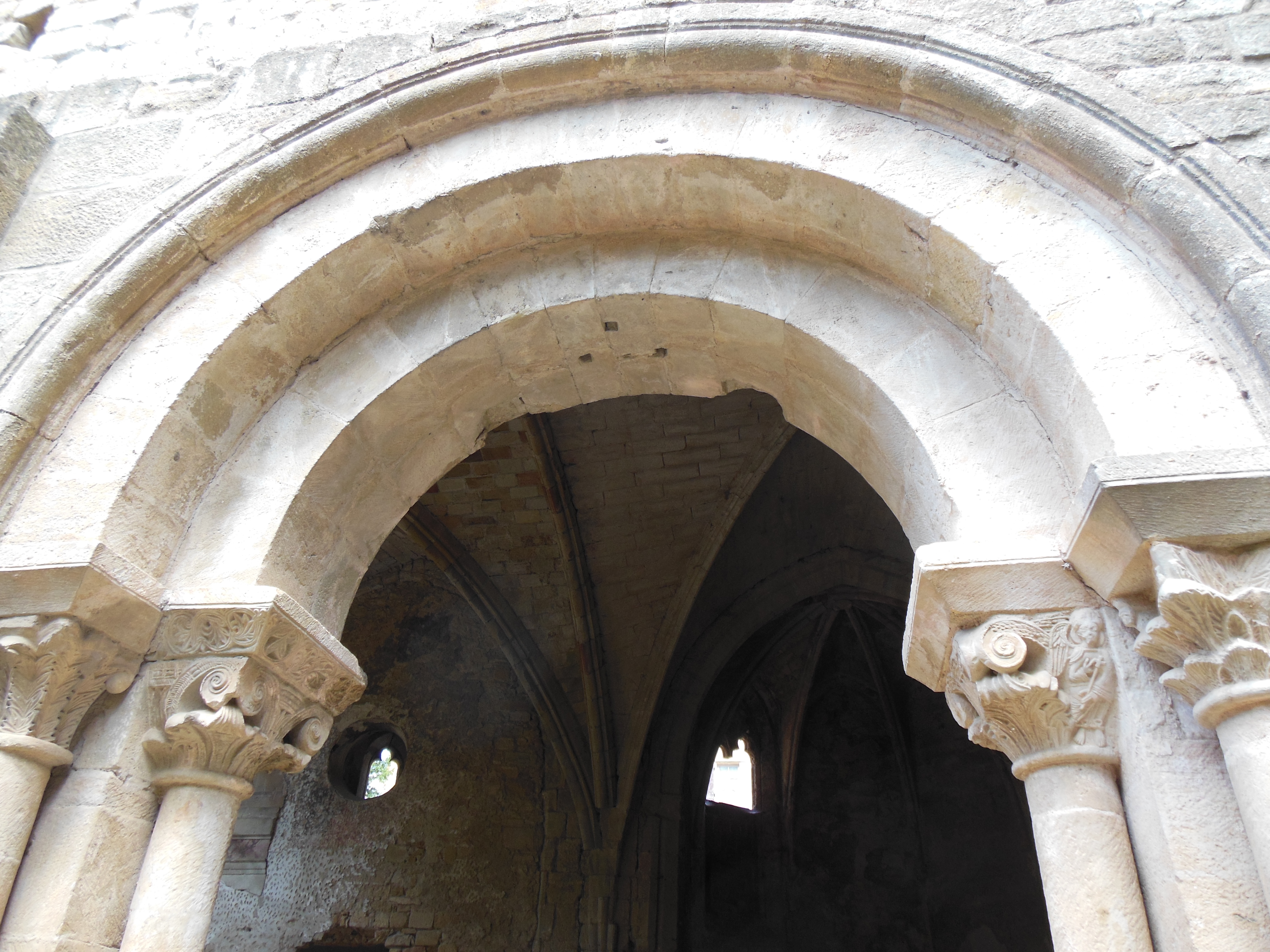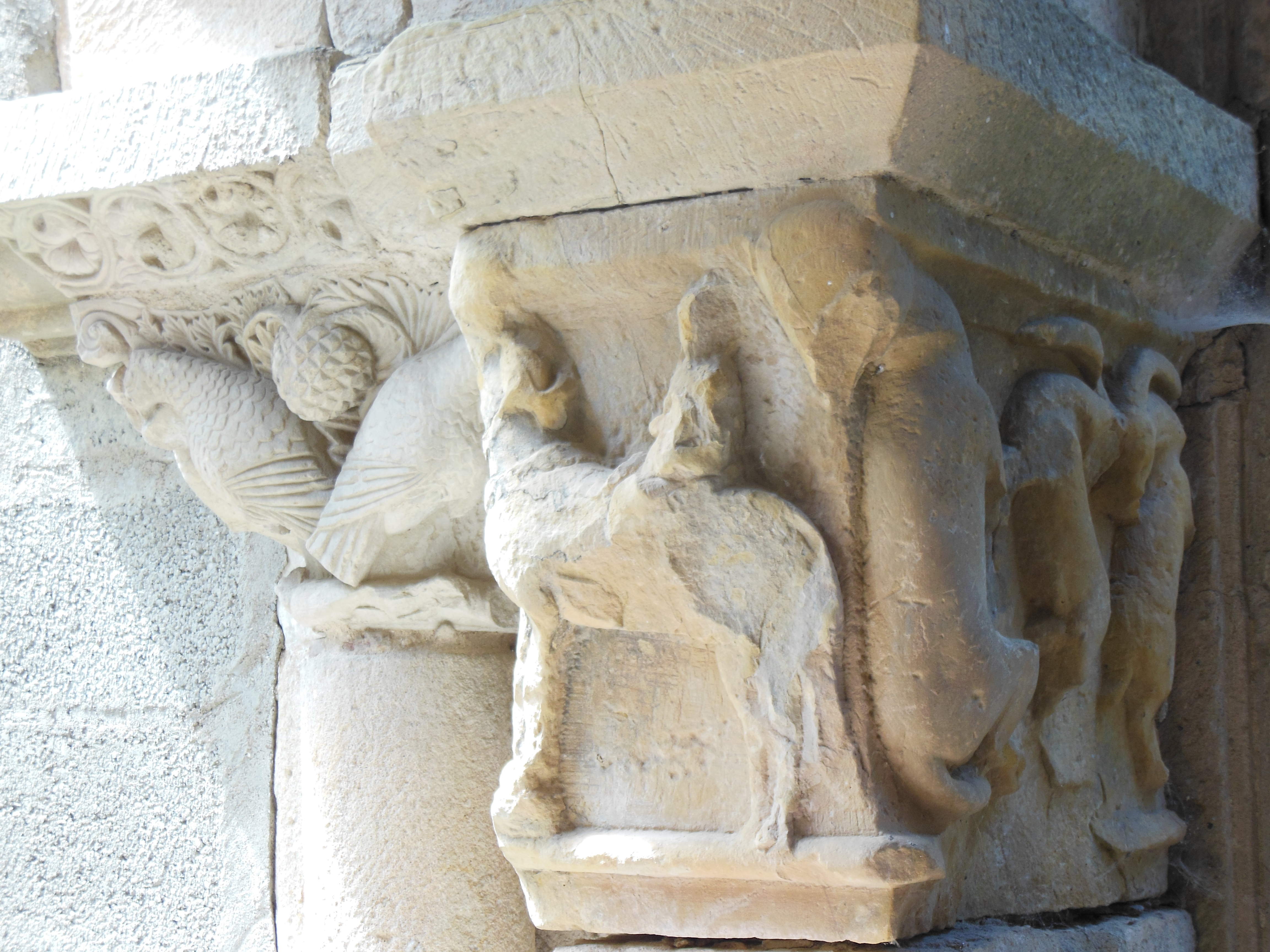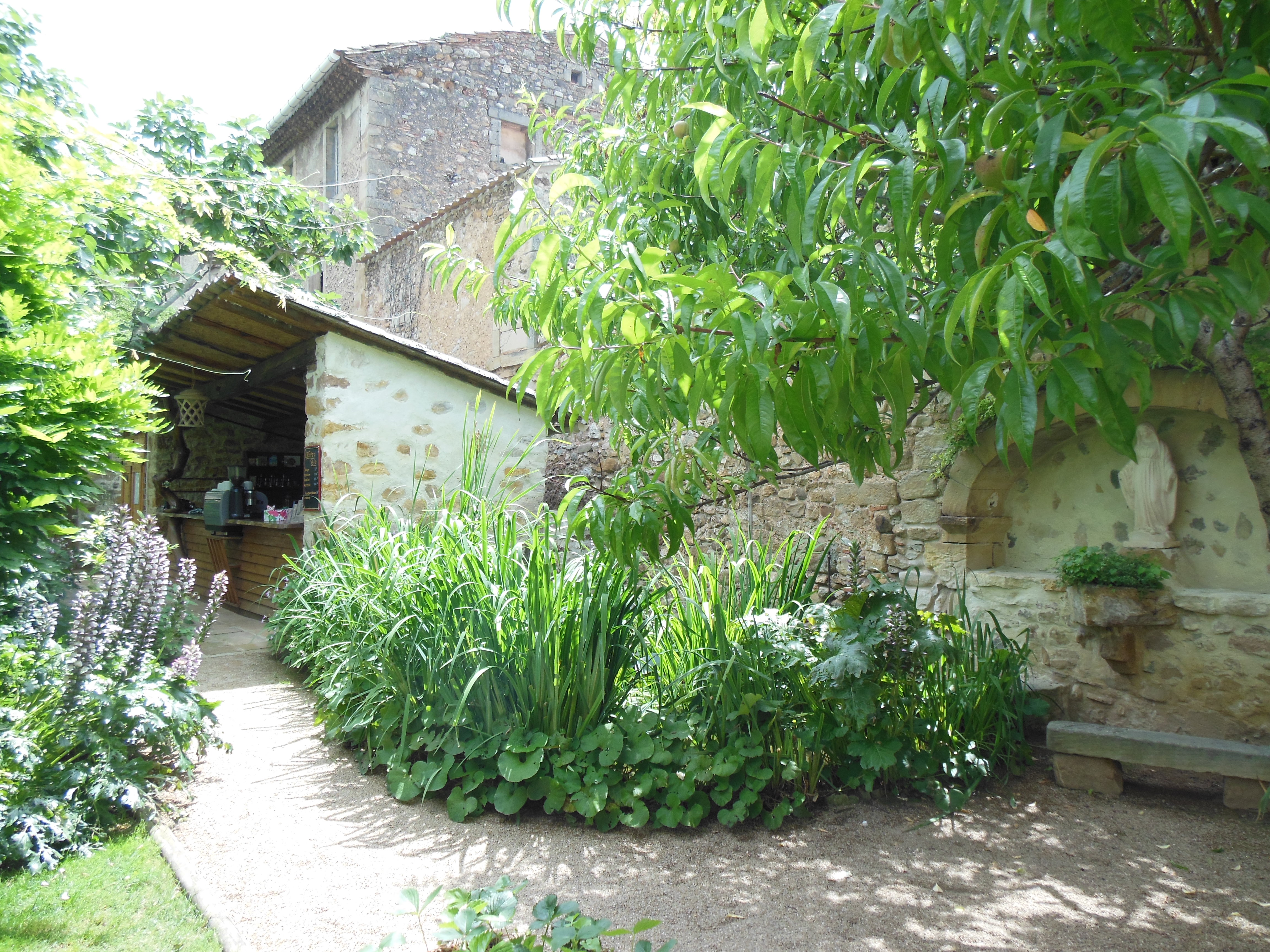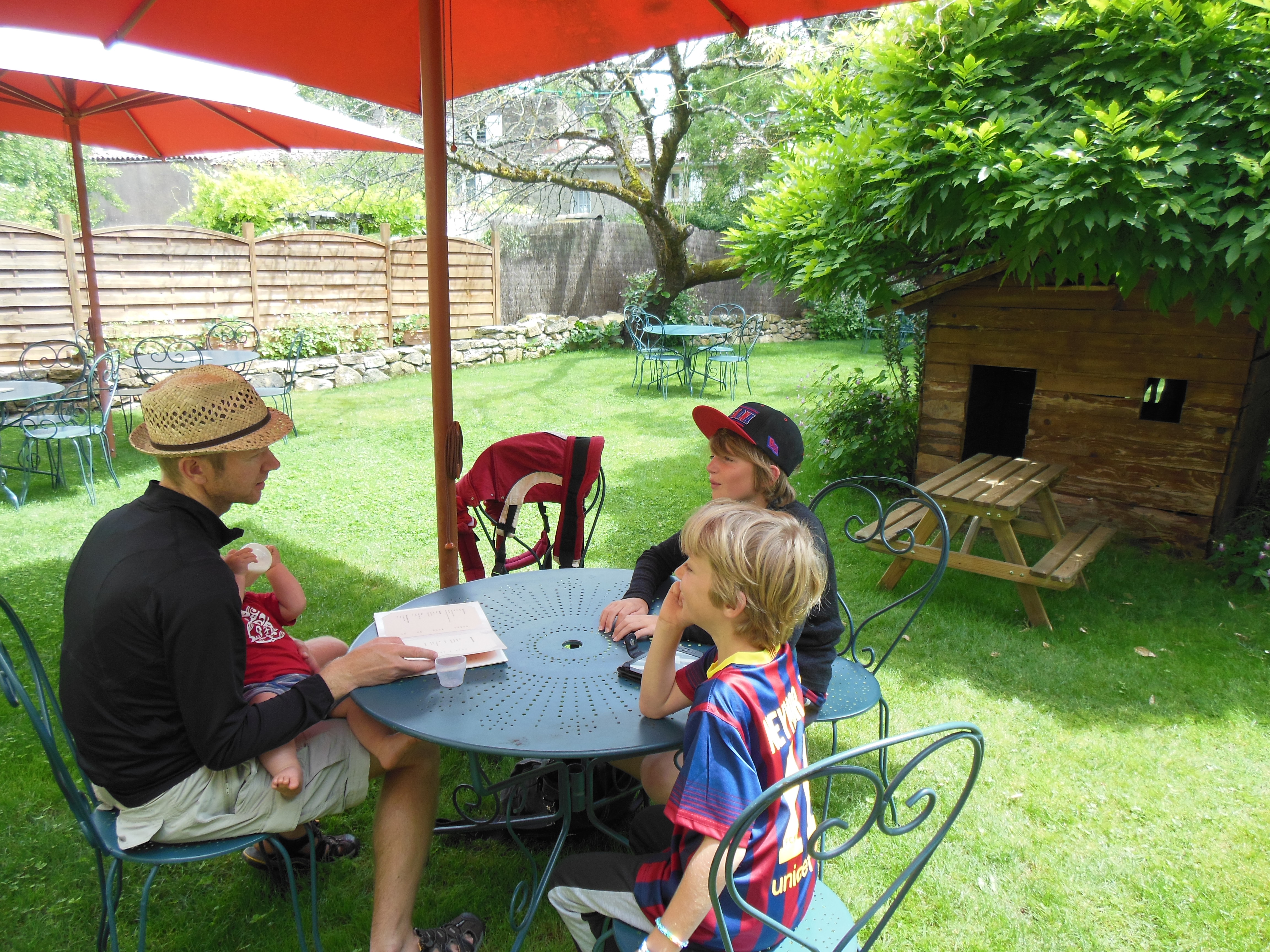We’re down to the final week in Quillan. It’s time to revisit old haunts, for the boys to enjoy their holiday (school’s out), and for us to squeeze in those last sights we haven’t got quite to before now.
Yesterday we did the circuit of the abbeys closest to Quillan: St Hilaire, St Polycarpe and Alet-les-Bains, something that’s been on the list for a while.
It was about a 45 minute drive from Quillan to St Hilaire, via Limoux. The road as far as Limoux is one we are familiar with, but beyond that is new territory. And it’s quite beautiful territory, on small country lanes, through rolling, wine-clothed hills, with a fair distance between settlements. It feels very rural.
St Hilaire itself is a beautiful wee village, with vestiges of mediaeval settlement including remains of the town walls and moat. There are at least two pleasant-looking cafe/restaurants. We had lunch with us, but availed of the cafe opposite the abbey for drinks. It was a lovely ambiance and the staff were friendly.
The abbey is pretty intact and has some interesting original elements to look at including an intricately carved marble sarcophogus attributed to an early local artist, a 15th century painted ceiling in the Abbot’s residence, and the cave-style wine cellar where the local monks invented the first ever sparkling wine in the world – the Blanquette de Limoux, for which the region is still known.
The monks’ refectory was linked to another for guests by a pulpit in the wall, deliberately placed for the sound to carry to the gathered people for best effect. The acoustics in the room are still fantastic, and on the visit you are encouraged to try them out. Nick danced while we sang ‘Au Clair de la Lune’ tentatively from above.
St Polycarpe is worth driving past, but is quite a lot smaller and, though it appears to be (able to be) used as a venue of sorts, it does not appear to be immediately visitable.
Alet-les-Bains is one of our favourite villages, and the abbey ruins are definitely worth a look, though crumbling in comparison to St Hilaire. The entry fee is small and there is a good information sheet. The church is open and free to visit.
On this visit we discovered a gorgeous garden bar hidden down a side street between the main road and the central village square thanks to a tip-off. Someone has turned their property into a main residence with gite and knocked through an adjacent barn building to create a bar/cafe in their garden, with indoor outdoor seating. Outside there are umbrellas, inside an open fire. They have a tempting menu selection for lunch and refreshments, from which we had delicious home made fresh crepes (sucre, nutella, fraise – yum) and coffee (why do they insist on using UHT milk in France, thereby spoiling an otherwise perfect drink)? This definitely rates up there as one of my favourite cafes.
